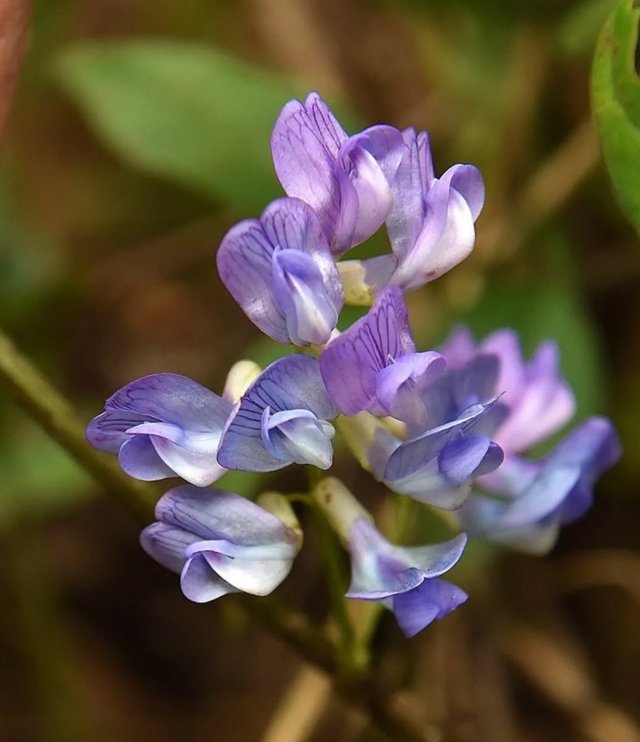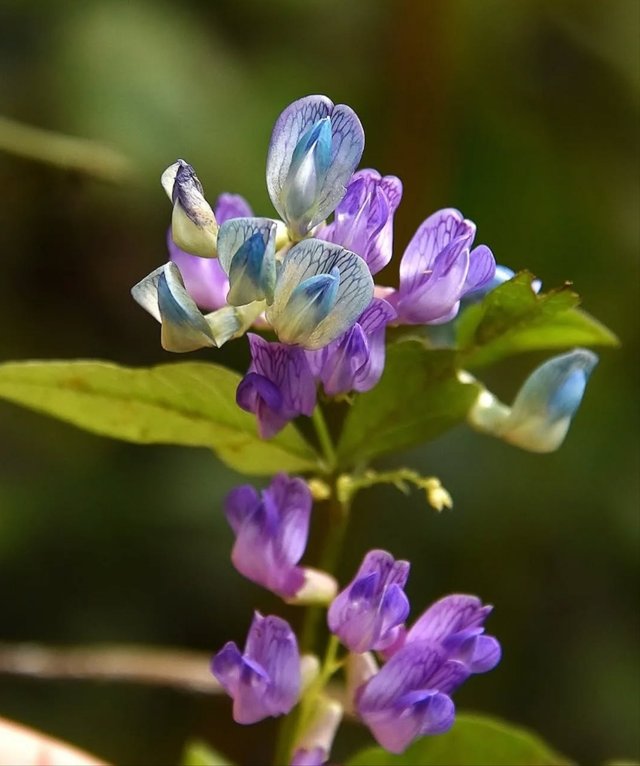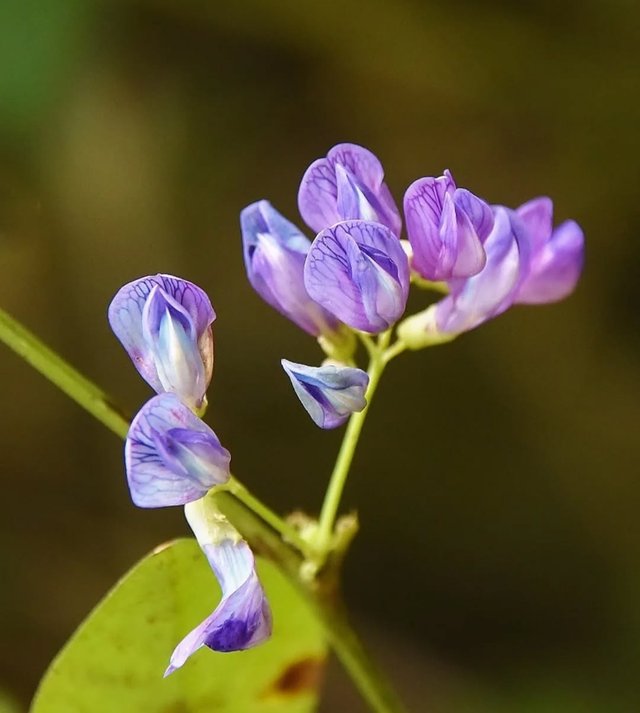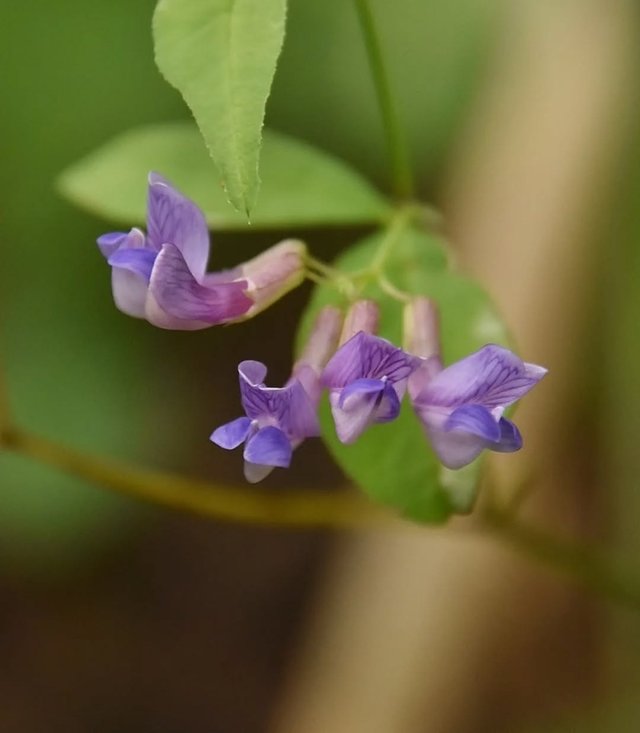Bird Vetch – The Elegant Climber of Meadows and Roadsides
Bird vetch, also known as tufted vetch or cow vetch, is a charming perennial plant that belongs to the Fabaceae family—the same family as peas and beans. Recognized for its slender stems and clusters of vibrant bluish-purple flowers, bird vetch adds a touch of wild beauty to meadows, fields, and roadsides across Europe, Asia, and North America. Its trailing vines and delicate blooms make it a favorite among pollinators and nature enthusiasts alike, embodying both grace and ecological importance.
This hardy climber thrives in temperate climates and can grow up to 1–2 meters in length, often twining around nearby plants for support. Its leaves are pinnate, with tendrils at their tips that help the plant latch onto stems, grasses, or fences. During the summer months, bird vetch bursts into bloom with elongated clusters of pea-shaped flowers. These blossoms are not only beautiful but also serve as a rich source of nectar for bees, butterflies, and other beneficial insects, making the plant an important contributor to local biodiversity.
Ecologically, bird vetch plays a vital role in soil improvement. Like other members of the legume family, it has the unique ability to fix nitrogen through symbiosis with soil bacteria in its root nodules. This process enriches the soil and supports the growth of surrounding vegetation, making bird vetch an excellent choice for natural soil restoration and erosion control. In agricultural systems, it is sometimes used as a cover crop to improve fertility and prevent soil degradation.
However, bird vetch is also known for its vigorous growth, which can sometimes make it invasive in certain regions. It spreads through seeds and underground rhizomes, allowing it to form dense mats that may outcompete native plants. Despite this, its presence can still be managed through proper cultivation practices, and its ecological benefits often outweigh its aggressive nature when monitored carefully.
Beyond its ecological role, bird vetch holds modest value in traditional uses. In some rural areas, it has been used as forage for livestock due to its high protein content, although care is required as excessive intake can cause digestive issues in animals. Its attractive flowers have also made it a subject of admiration in wildflower photography and meadow gardening, where it contributes a natural, untamed aesthetic.
In conclusion, bird vetch is a plant that beautifully blends resilience with elegance. Its cascading violet blooms not only decorate the countryside but also sustain pollinators and enhance soil fertility. While it requires careful management to prevent overgrowth, bird vetch remains a symbol of the interconnectedness of nature—showing how even a simple roadside vine can enrich ecosystems and add beauty to the world around us.




%20(10).jpeg)